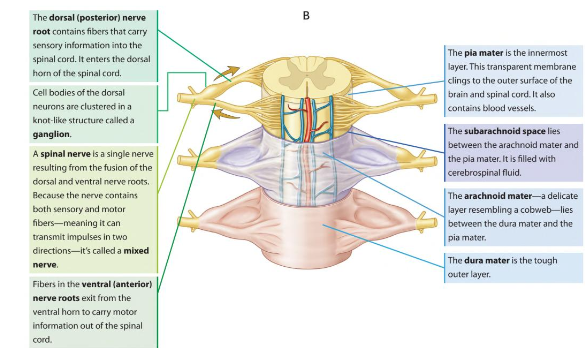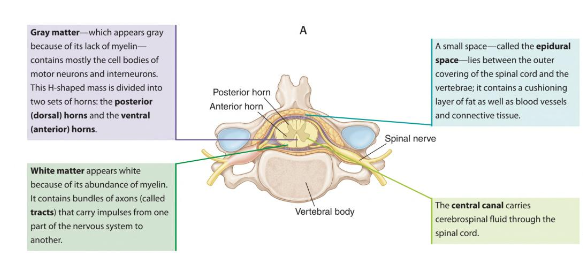Proper drug administration coding is as meticulous as the services themselves. Much like clinicians develop techniques for efficient drug delivery, coders can employ strategies to consistently select the correct CPT codes for drug administration, ensuring compliance and accuracy

Drug Administration Essentials
There are three primary categories for drug administration coding:
1. Hydration (CPT® Codes 96360-96361)
These codes apply to pre-packaged fluids and electrolytes, excluding drug or other substance infusions.
They cannot be reported for physician services in a facility setting.
2. Therapeutic, Prophylactic, or Diagnostic Administration
Refer to the specific CPT codes in Table 1 for administration of drugs and substances (excluding hydration).
Fluid administration to deliver drugs is incidental and not separately reported.
These codes are not applicable for physicians in a facility setting.
3. Chemotherapy and Complex Drug Administration
See Table 2 for appropriate codes.
Includes administration of non-radionuclide antineoplastic drugs, monoclonal antibody agents, and other biologics.
These codes are reserved for highly specialized administrations that require advanced training and patient monitoring.
Want a daily reminder desk of the three elements of MDM with Color Coding Guide? Get Jen's mouse pad!
Key Tip: When chemotherapy is administered via multiple methods (e.g., IV push and infusion), separate codes are reported for each technique.
Methods of Drug Administration: Mastering CPT Coding for Drug Administration: A Guide to Precision in Infusion and Injection Coding
Drugs may be administered via three distinct methods, each with unique coding considerations:
1. Injection
CPT® 96372 is used for therapeutic, prophylactic, or diagnostic injections (subcutaneous or intramuscular), excluding allergen immunotherapy.
Not reportable in physician offices for injections without the physician present.
Includes codes for non-antineoplastic hormonal therapy.
2. IV Push
CPT® 96374 applies to single or initial substance IV pushes.
Add-on codes, such as +96375 and +96376, capture additional sequential pushes of new or the same drug (within a single encounter).
3. Infusion
Refer to Table 1 for appropriate infusion codes and descriptions.
Important Note: The combination of categories and methods during one encounter requires precise coding to accurately capture the services provided.
Identifying the “Initial” Service: Mastering CPT Coding for Drug Administration: A Guide to Precision in Infusion and Injection Coding
The initial service designation is pivotal in drug administration coding. The determination depends on:
Physician Practice Setting: The primary reason for the visit dictates the initial service.
Example: If chemotherapy is the primary service, it is coded as the initial service despite additional hydration or antibiotic administration.
Outpatient Facility Setting: A hierarchy defines the initial service:
Chemotherapy infusions
Chemotherapy IV pushes
Chemotherapy injections
Therapeutic infusions
Therapeutic IV pushes
Therapeutic injections
Hydration
The service with the highest rank in the hierarchy is the initial service, regardless of the order of administration.
Coding for Multiple Administrations
While only one initial code can be billed per patient per date of service, additional codes account for multiple administrations:
Use subsequent or concurrent administration codes where applicable.
Accurate coding requires understanding time increments, especially for infusions.
Time and Documentation Requirements
Key Time Guidelines
IV Push: Used for infusions lasting 15 minutes or less.
One Hour: Infusions lasting 16–90 minutes.
Additional Hours: Apply only for increments exceeding 30 minutes after the first hour.
Documentation Best Practices
Start and stop times must be clearly documented.
Payer-specific rules may dictate exceptions for incomplete documentation.
Example: If an infusion’s stop time is missing, some payers may allow an IV push code; others may not.
Tables for Quick Reference
Table 1: Therapeutic/Prophylactic/Diagnostic Infusion Codes
CPT® Code | Description | Notes |
96360 | Intravenous hydration; initial, 31 minutes to 1 hour | Use for infusions lasting 31–90 minutes; not for hydration under 30 minutes. |
+96361 | Intravenous hydration; each additional hour | Report for increments >30 minutes beyond the first hour or secondary services. |
96365 | Therapeutic infusion, initial, up to 1 hour | Use for infusions lasting 16–90 minutes. |
+96366 | Each additional hour | For intervals >30 minutes beyond the first hour. |
+96367 | Additional sequential infusion (new drug) | Must be a different substance, used only once per mix of drugs in one bag. |
+96368 | Concurrent infusion | Used for separate bags via the same IV access. |
Table 2: Chemotherapy Administration Codes
CPT® Code | Description | Notes |
96401 | Subcutaneous/intramuscular non-hormonal antineoplastic chemotherapy | |
96413 | IV infusion, up to 1 hour | For infusions lasting 16–90 minutes. |
+96415 | Each additional hour | For increments >30 minutes after the first hour. |
+96417 | Sequential infusion of a different substance, up to 1 hour | Used only once per additional sequential infusion. |
Table 3: Infusion Timing Guide
Duration | Coded As |
15 minutes or less | IV push |
16–90 minutes | Initial hour infusion |
Mastering CPT coding for drug administration is essential for accuracy, compliance, and maximizing reimbursement. By understanding categories, methods, and proper documentation requirements, coders can ensure precise billing for every encounter.
Mastering CPT Coding for Drug Administration: A Guide to Precision in Infusion and Injection Coding
Want to learn your E/M codes for ease of these questions during any certification exam? Get these flashcards!













Comments